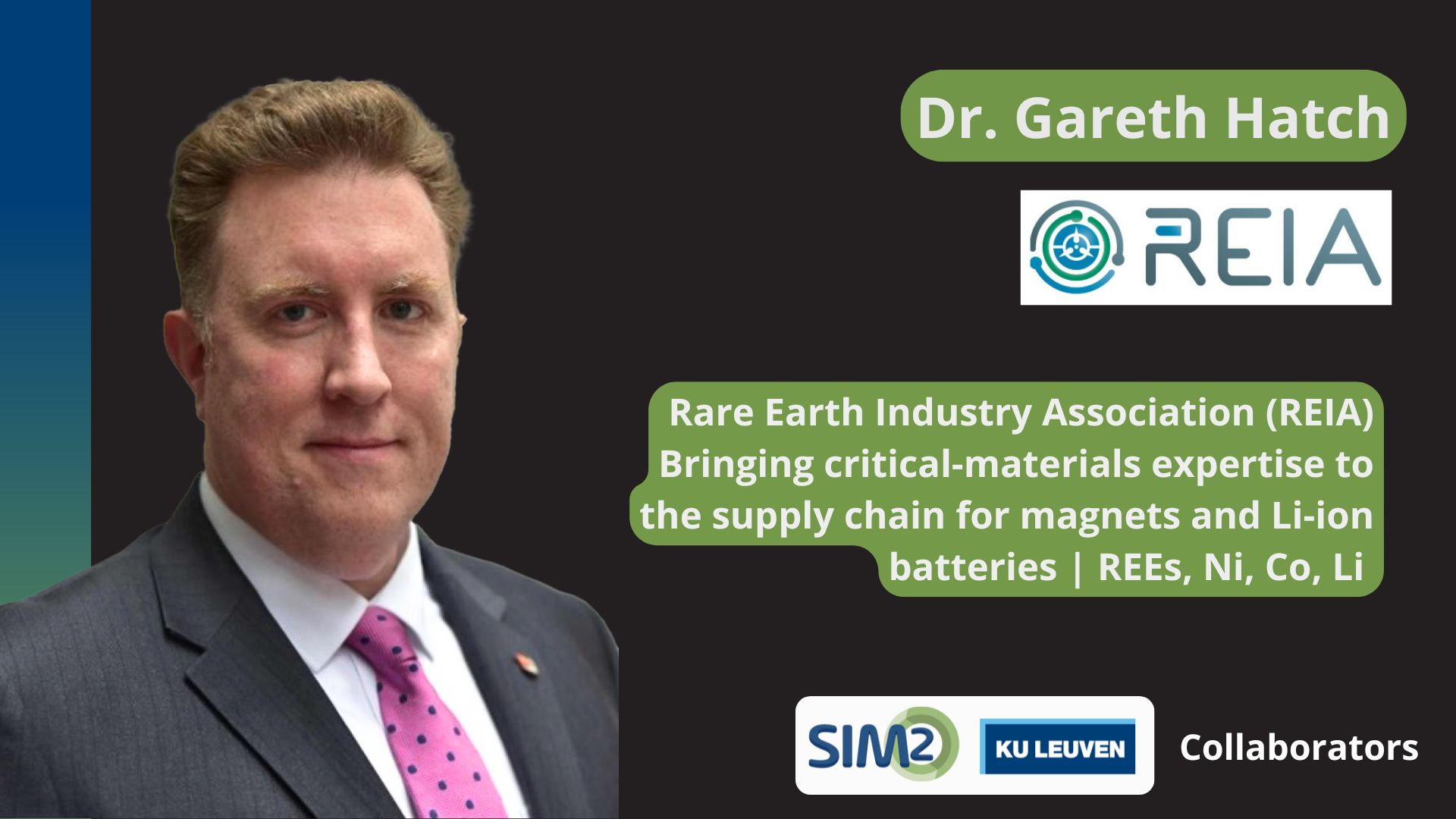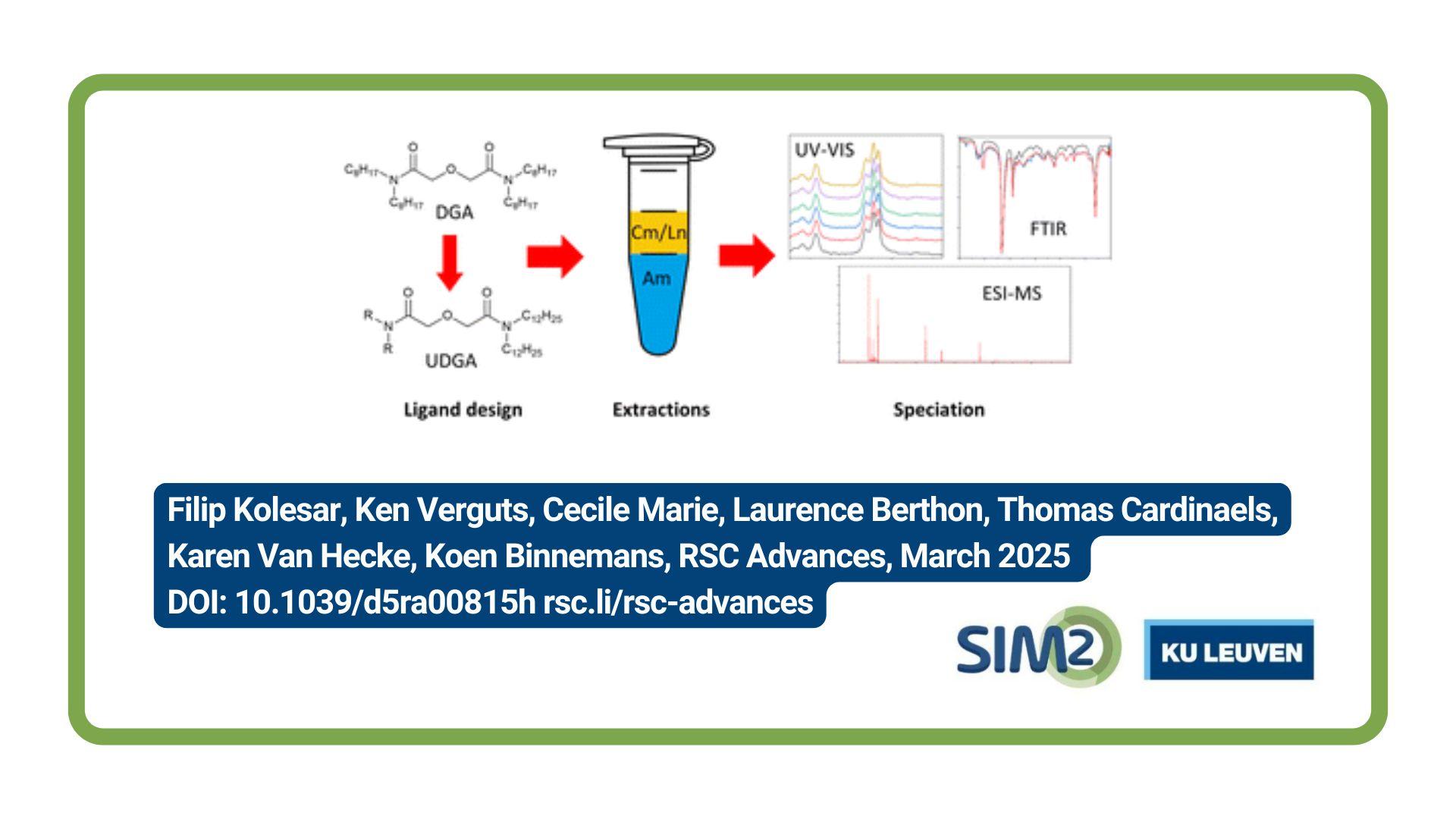SIM² KU Leuven – HITEMP researchers studied the fluid flow and mixing in the Argon Oxygen Decarburisation (AOD) process. The results have been published in ISIJ international. Based on computational fluid dynamics (CFD) simulation, the phenomena of multi-jet penetration, bubble plume merging, 3D turbulent flow and mixing characteristics in the AOD process have been studied. These findings increase the understanding of the AOD process, allowing further optimisation of process parameters.
Why AOD process?
The AOD process is an important refining method in modern stainless steel production that effectively removes carbon and reduces chromium loss. The process utilises an AOD converter that provides excellent mixing conditions through turbulent stirring, which significantly affects mass, momentum, and heat transfer in the AOD bath.
The AOD process can produce high-quality stainless steel with low carbon content and reduced chromium loss. It is a flexible process that can handle a wide range of input materials and produce different grades of stainless steel. Additionally, it is an environmentally friendly process that produces less waste and emissions compared to other refining methods.
The AOD process involves injecting oxygen and inert gas through side tuyeres into the molten metal bath to decarburise high-chromium steel melts. To optimise the AOD operational practice in terms of bath mixing efficiency, researchers have studied the multiphase flow behaviour and mixing characteristics in the AOD converter process and optimised various tuyere configurations to improve productivity and decrease operating costs.
Flow and mixing in the AOD process
This paper reports a 3D Eulerian multiphase flow model to investigate the fluid flow behavior and mixing efficiency in the multi-tuyere AOD process. The model was used to simulate six-tuyere and seven-tuyere AOD processes. The results indicate that the bubble plume merging occurs in the upper part of the liquid bath, forming a typical plume cluster.
The predicted penetration length for a single tuyere jet agrees well with the previous work. For the multi-jet system, the side jets penetrate deeper than the inside ones. The six-tuyere AOD has a good flow condition in the center of the liquid bath, while the seven-tuyere AOD has a better flow pattern in the sidewall region and the lower bath. Overall, the seven-tuyere AOD performs better in mixing efficiency than the six-tuyere AOD under the same gas flow rate. This model can be further extended to incorporate the thermochemical reactions into the modeling of the AOD reactor.
Significance and potential challenges of numerical study on AOD process
The numerical study of the AOD process provides a deeper understanding of the multiphase flow phenomena in this process. This knowledge can be used to optimise the AOD operational practice in terms of bath mixing efficiency, which can improve productivity and decrease energy consumption and operating costs.
However, there are potential challenges in conducting numerical simulations of the AOD process. One challenge is accurately modeling the complex multiphase flow behaviour and mixing characteristics in the AOD converter process. Another challenge is accurately modeling the gas-metal reaction kinetics that occur during decarburization. Additionally, obtaining accurate input data for numerical simulations, such as temperature and composition profiles, can be difficult due to measurement limitations in industrial practice. Finally, validating numerical simulations with experimental data can be challenging due to limited access to industrial-scale AOD converters.
Full reference of the paper
Zhongfu Cheng , Yannan Wang, Abhishek Dutta, Bart Blanpain, Muxing Guo, Annelies Malfliet (2023), Numerical study of fluid flow and mixing in the argon oxygen decarburization (AOD) process, ISIJ International, 63(3), 492-503. https://doi.org/10.2355/isijinternational.ISIJINT-2022-418
Acknowledgments
The authors gratefully acknowledge support for this research by Aperam S.A.





